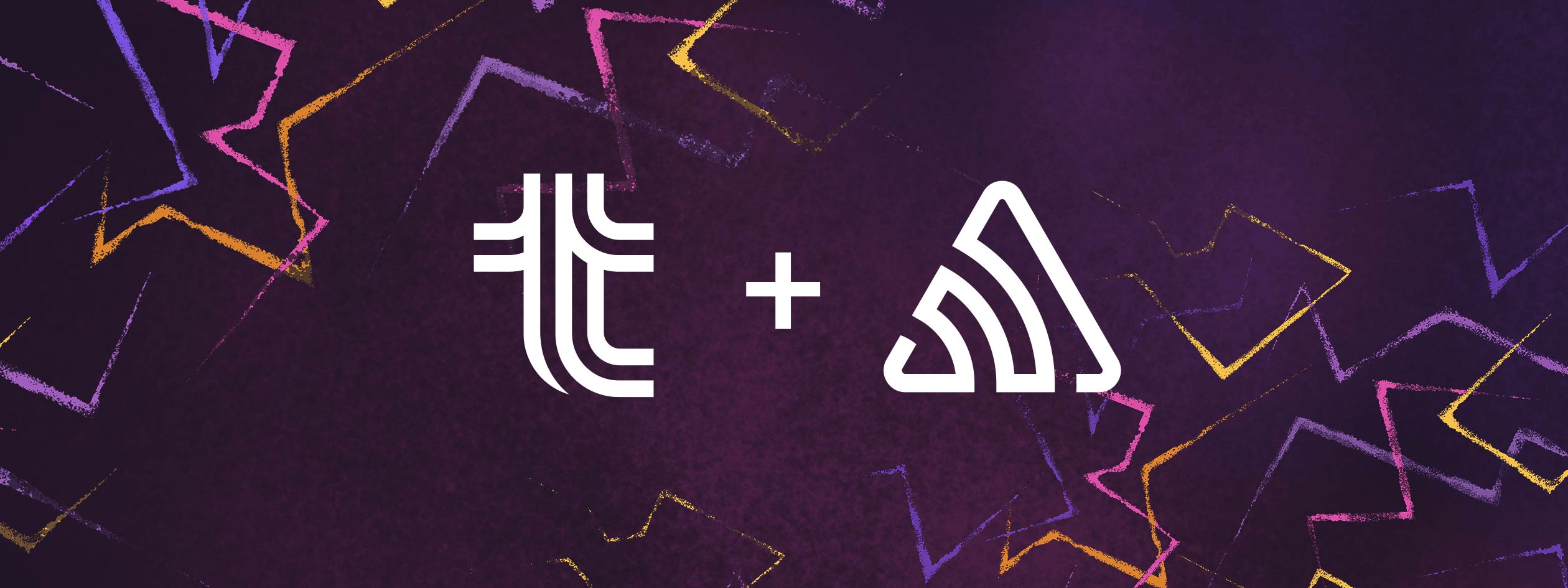How Sentry Uncovers Blind Spots for Tability
With a service designed to help remote teams run more efficiently, Tability’s success relies on application reliability and deliverability to help its users keep complicated projects on schedule. This is why Tability has relied on Sentry error monitoring to identify issues in code and scale development work efficiently.
For Sten Pittet, Tability Co-Founder and CEO, Sentry has become a key part of the development workflow. “Sentry is key to helping us stay lean. We don’t have to be a big team to serve a lot of customers and it allows us to fix bugs within minutes,” Sten explained. Tability runs a number of backend tests around code health and maintenance. These tests cover many areas of the codebase, but like any modern application, there are still unknowns. According to Sten, Sentry helps uncover these blind spots.
Sentry is key to helping us stay lean. We don’t have to be a big team to serve a lot of customers and it allows us to fix bugs within minutes.
With Sentry monitoring, Tability captures and identifies issues they would have overlooked with standard unit and integration tests.
Building Technology for the Future of Remote Work
Tability grew from Sten’s realization that teams needed a better way to know what to focus on. So Sten and his co-founder dusted off their Rails and React skills to build Tability, a new platform that allowed teams to input plans, receive status reminders, visualize project progress, and identify blockers.
As an automated tool for maintaining accountability and task progress, Tability needs robust error monitoring to keep its users happy, and there are several key product areas where Sentry’s work has helped Tability grow.
Catching Invitation Errors
Fundamentally, Tability is a collaboration tool, so it relies on invitations. This means Tability customers inviting coworkers to the platform. Those coworkers become new users, and build out the ecosystem of projects and goals. Without this, Tability’s usability and user growth drop.
At one point, invitations began failing due to conflicts with chron jobs. The team never saw the issue when testing locally, and didn’t test invitations in production. No customers reported the issue, because to them, it seemed as if the invitation was sent - it was an invisible bug.
Sentry monitoring uncovered a related template error and sent a notification to the Tability team. After getting the Sentry notification it took 15 minutes to fix. Without Sentry, this error would have gone noticed until it created a critical mass in the system, derailing new user acquisition and subverting user experience. With Sentry, it was fixed before anyone knew there was even a problem.
Key Integration and Communication Features
In addition to Sentry’s error monitoring capabilities, there are key integration and communication features that help Tability make the most out of the platform.
Sten finds Sentry’s notification emails very useful. Subject lines are easy to parse and the email jumps directly to backend issues. Sten can read the exception and know exactly what’s happening without having to dig around into other areas.
Sten also uses Sentry’s Pagerduty integration, which is a key driver for a good night’s sleep. Sten doesn’t have to worry about missing errors in the night. Sentry sends alerts via PagerDuty for the incident response and intelligence workflows that Sten defines. This gives a full view of errors, alerted according to escalation policy, notification urgency, and response behavior.
They’re a small team (of one) tackling big challenges, Sentry allows Sten to scale development work that would be impossible otherwise.

